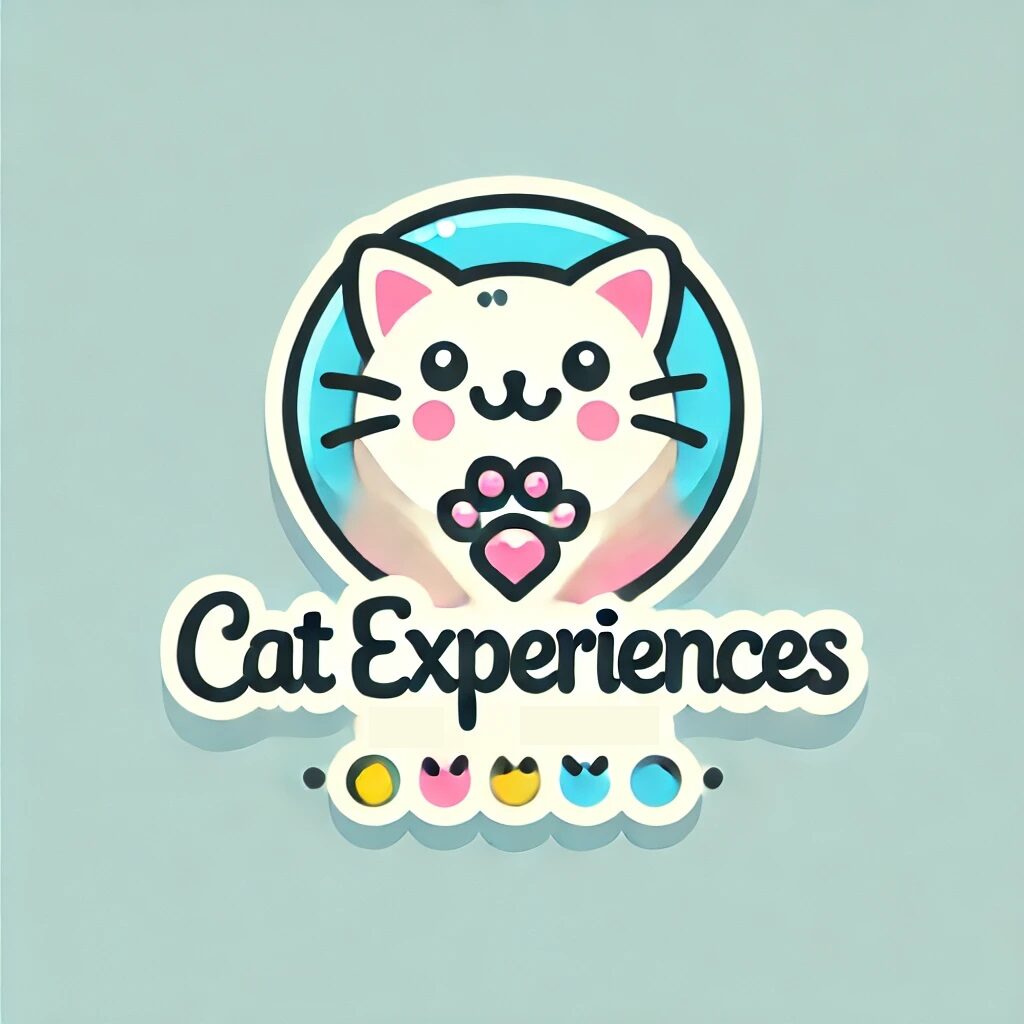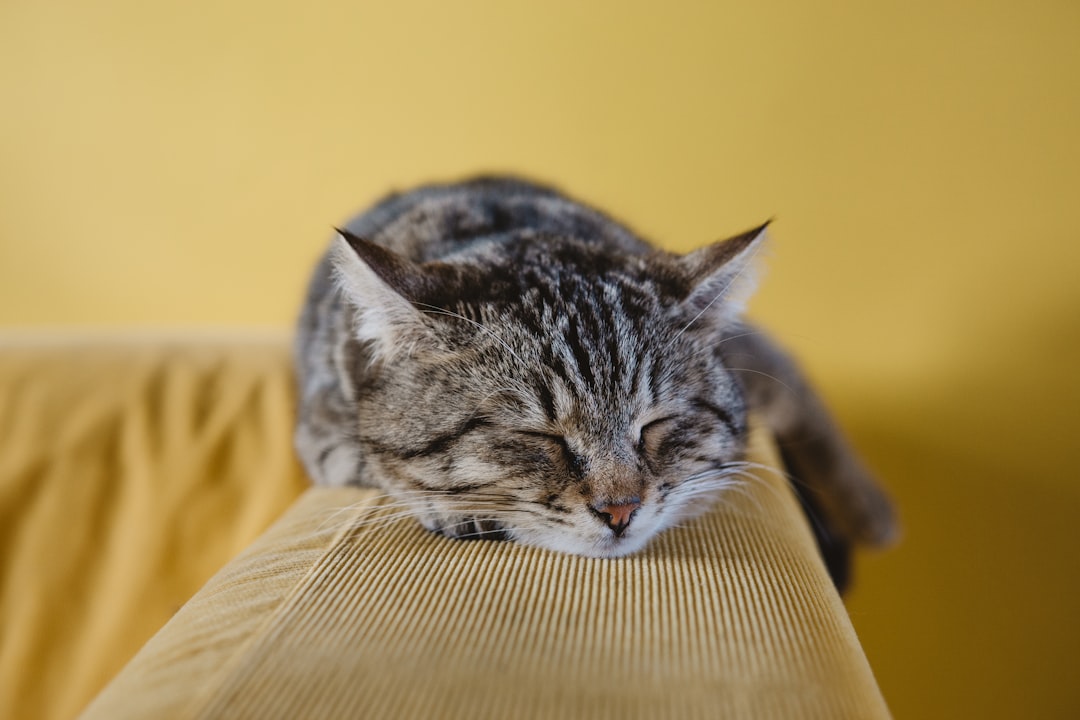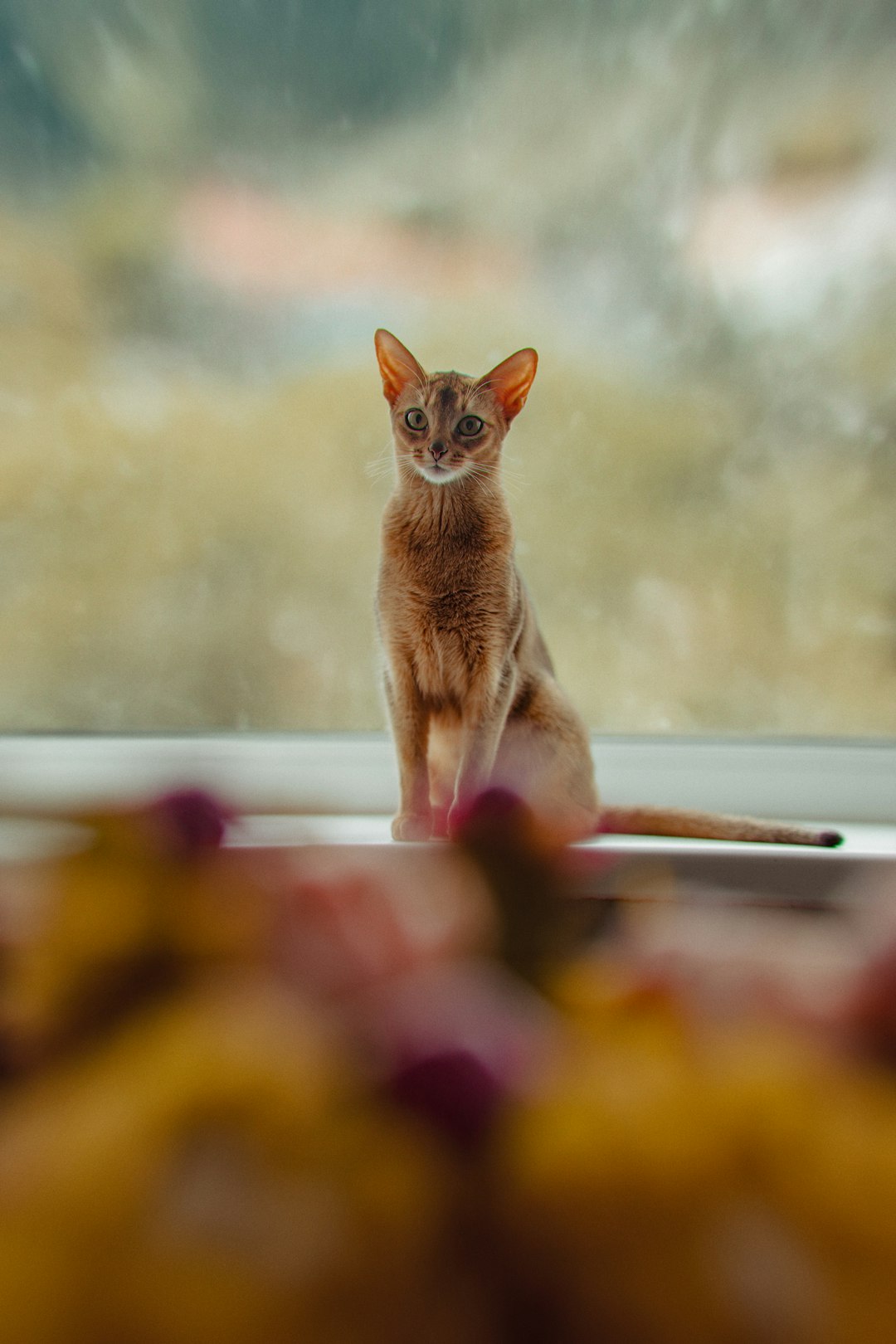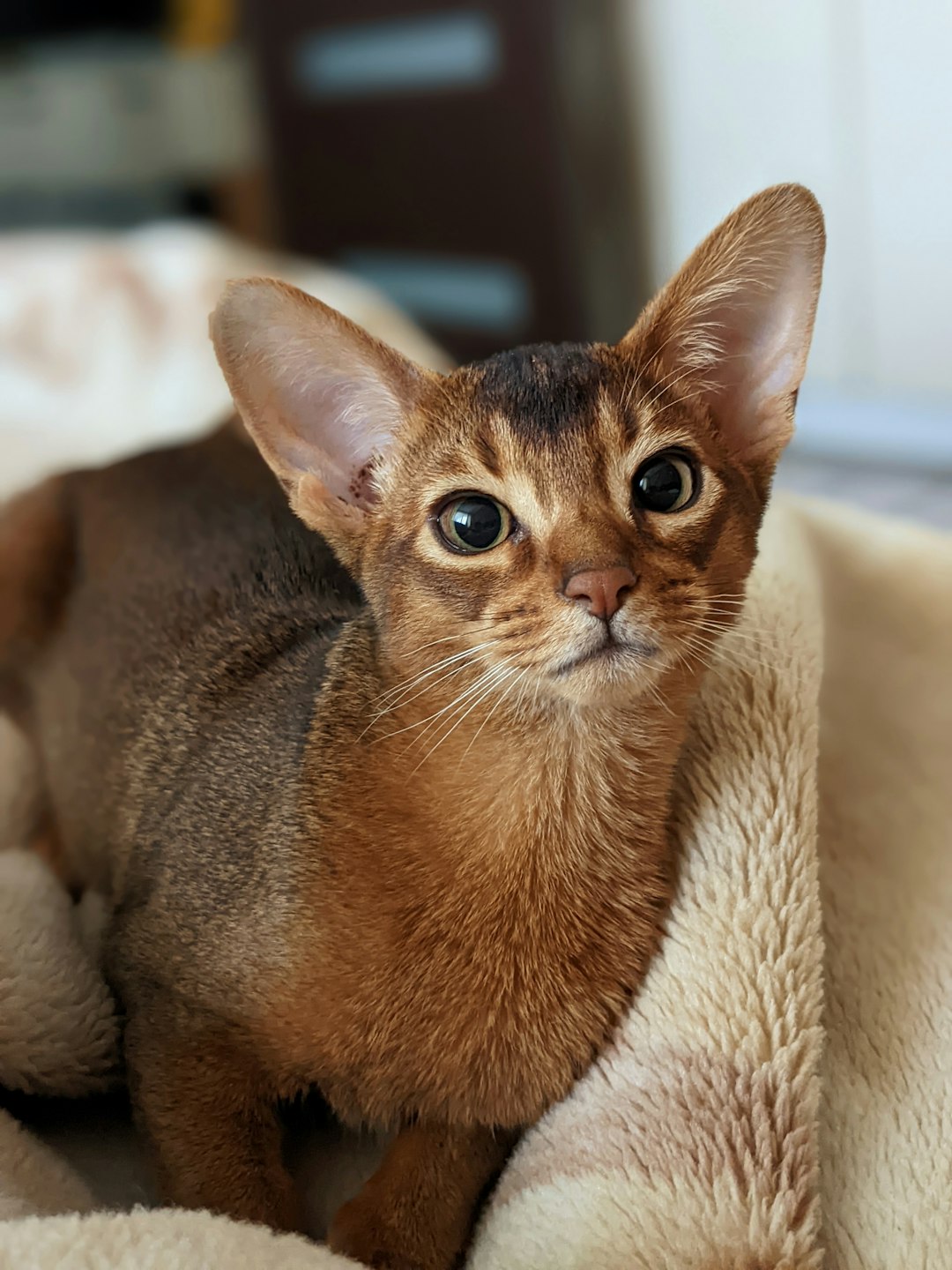The Torbie Cat is a captivating blend of tabby and tortoiseshell traits, creating a unique and striking appearance. These cats often enchant owners with their vibrant colors and distinct patterns, showcasing the best features of both parent breeds. As a mix of the playful tabby and the affectionate tortie, Torbie Cats possess an engaging personality that makes them cherished companions. Understanding their history, physical characteristics, and care requirements is essential for any potential owner. Delve into the world of the Torbie Cat to uncover why this charming breed deserves a special place in your heart and home.
History of the Torbie Cat
The Torbie Cat is a fascinating blend of two beloved feline types: the tabby and the tortoiseshell. This unique breed emerged from the mingling of coat patterns, resulting in cats that showcase the striking markings of tabbies alongside the vibrant color schemes of torties.
Origins:
- Tabby Cats: Their history dates back to ancient civilizations, particularly in Egypt and Asia, where they were revered for their striking stripes and spots.
- Tortoiseshell Cats: Known for their beautiful mixed colors, torties likely have roots in the same regions but were primarily bred for their color patterns rather than behaviors.
Evolution:
- As genetic variations occurred, particularly with breeding practices, the combination of these two distinct types led to the development of the Torbie Cat.
- This hybrid captures the charm of both lineages and reflects a rich history of feline genetic blending, appealing to cat lovers worldwide.
In summary, the history of the Torbie Cat highlights an intriguing interplay of genetics that results in a captivating companion exhibiting the best of both worlds.
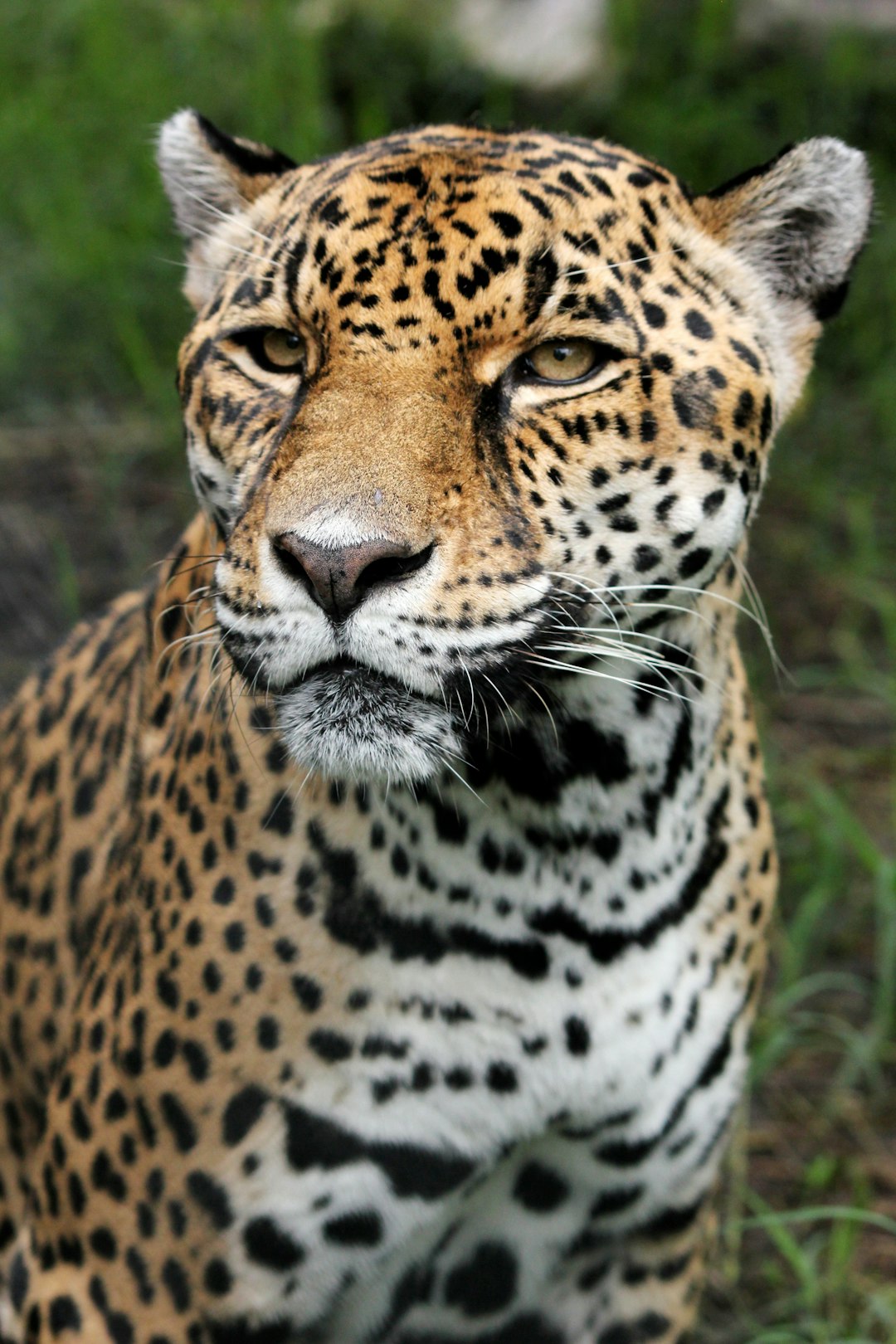
Physical Characteristics of Torbie Cats
The Torbie Cat is a delightful blend of the striking patterns of tabby cats and the vibrant colors of tortoiseshell coats. Here are the key physical characteristics that set them apart:
Coat Color: Torbie Cats feature a combination of colors typical of torties—usually black, orange, and cream—mixed with the distinctive stripes or swirls found in tabbies. This results in a captivating and unique appearance.
Pattern Types: They can exhibit different tabby patterns, including:
- Mackerel: Parallel stripes running down the sides.
- Classic: Swirling patterns on the sides.
- Spotted: Random spots throughout the coat.
Eye Color: The eye color of a Torbie Cat can vary widely, often ranging from coppery shades to striking greens.
Body Size: Typically, Torbie Cats are medium-sized with a muscular build, reflecting their mixed heritage.
Fur Texture: The coat is usually dense and soft, requiring regular grooming to maintain its sheen and minimize shedding.
In summary, the Torbie Cat stands out for its unique combination of colors and patterns, making each individual cat a work of art. Their vibrant appearance certainly captures the attention of cat lovers everywhere!
Personality Traits of Torbie Cats
Torbie Cats are not just visually stunning; they also boast vibrant and charming personalities. Often, their characteristics reflect a blend of their tabby and tortie heritage. Here are some remarkable personality traits you may find in a Torbie Cat:
- Affectionate: Torbies are known for their loving nature. They often seek out human companionship and enjoy getting attention from their owners.
- Playful: These cats maintain a playful spirit well into adulthood, engaging in fun activities and games with their families.
- Intelligent: Torbie Cats possess sharp minds, which makes them curious and eager to explore their surroundings. They often learn new tricks quickly.
- Independent: While they’re affectionate, Torbies also appreciate their independence and can entertain themselves when their humans are busy.
In summary, the Torbie Cat combines an enchanting mix of attributes, making them delightful companions that can adapt to various household dynamics. Whether you’re looking for a cuddly friend or an adventurous partner, a Torbie Cat could be the perfect fit for you!
Differences Between Tabby and Tortie Cats
When comparing the Torbie Cat, a mix of tabby and tortoiseshell traits, it’s essential to understand the distinct characteristics of Tabby and Tortie cats. Here’s a quick breakdown:
| Feature | Tabby Cat | Tortie Cat |
|---|---|---|
| Coat Pattern | Striped, spotted or marbled | Patchwork of colors |
| Color Varieties | Brown, grey, orange, etc. | Black, orange, cream |
| Eye Colors | Green, amber, gold | Varies widely |
| Sociability | Often very friendly | Can be more independent |
| Personality | Playful and affectionate | Strong-willed and loving |
A Torbie Cat combines these traits, resulting in a unique blend of a tabby’s playful demeanor and the tortie’s assertive personality. Torbies exhibit distinctive patterns, often showcasing warping stripes over their splotched fur, creating a fascinating visual appeal.
Ultimately, whether you prefer a Tabby Cat‘s energetic charm or a Tortie Cat‘s spirited independence, a Torbie Cat embodies the best of both worlds.
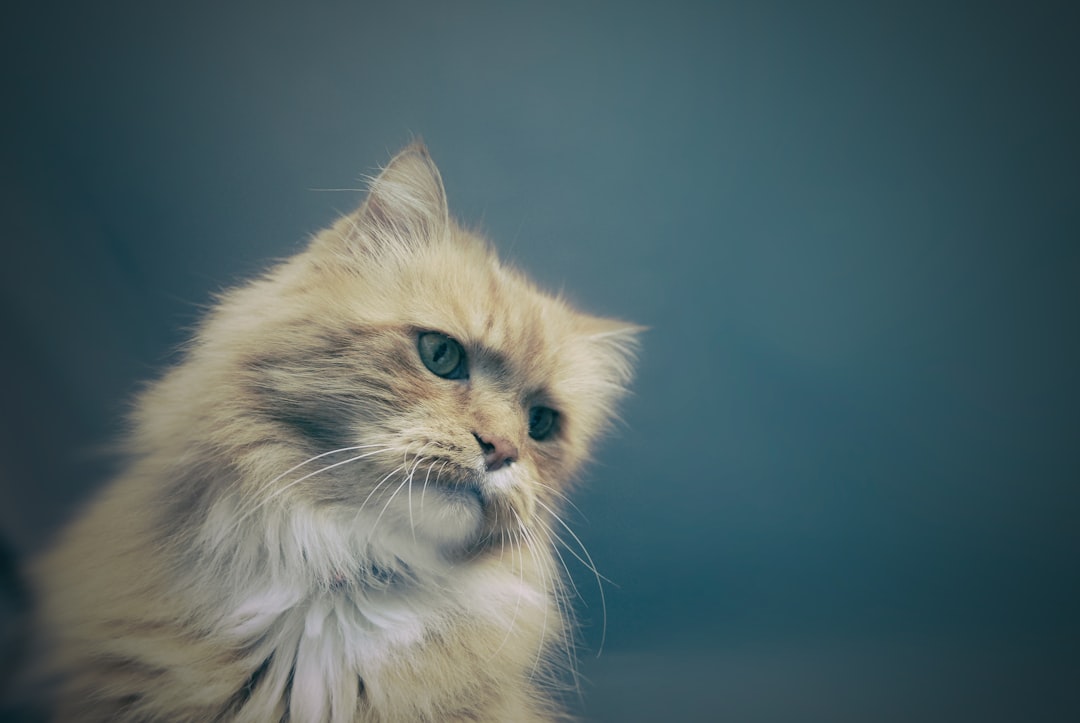
Care and Grooming for Torbie Cats
Caring for a Torbie Cat requires attention to their unique grooming needs, ensuring they remain healthy and happy. Here are some essential care tips:
Regular Brushing: Torbie Cats have varied coat types, but regular brushing—at least twice a week—helps reduce shedding and matting.
Nail Trimming: Trim their nails every couple of weeks to prevent discomfort and damage to furniture.
Dental Care: Introduce dental hygiene early on. Consider brushing their teeth with cat toothpaste or providing dental treats to avoid oral health issues.
Diet: Feed your Torbie Cat high-quality cat food suited to their age and health conditions. Look for balanced nutrition that supports their energy levels.
Hydration: Ensure fresh water is always available. Consider a cat water fountain; many Torbie Cats enjoy running water.
Regular Vet Visits: Schedule annual check-ups to monitor their health and tackle any emerging concerns promptly.
By following these grooming and care tips, your Torbie Cat will thrive, showcasing their distinctive beauty and playful personality.
Health Considerations for Torbie Cats
Caring for a Torbie Cat involves understanding their unique health considerations. Like their tabby and tortie parents, Torbie Cats may inherit specific health issues. Here’s what to keep in mind:
- Genetic Conditions: Torbie Cats can face genetic predispositions, such as hip dysplasia or certain heart diseases. Regular vet check-ups can help catch these conditions early.
- Obesity Risks: Due to their playful nature, it’s essential to manage their weight. A balanced diet combined with daily exercise is vital for maintaining a healthy weight.
- Dental Health: Like all cats, Torbie Cats can suffer from dental issues. Regular teeth brushing and dental check-ups can prevent problems like periodontal disease.
- Vaccinations: Keeping up with vaccinations is critical for preventive health care. Ensure your Torbie Cat receives its annual vaccinations to guard against feline diseases.
Comparison of Common Health Issues
| Condition | Description | Prevention |
|---|---|---|
| Hip Dysplasia | Joint deformity, affecting mobility | Regular vet visits & healthy weight |
| Obesity | Excess weight leading to health risks | Controlled diet & exercise |
| Dental Disease | Gum infections & tooth loss | Regular dental care |
By staying vigilant and proactive, you can help your Torbie Cat lead a long, healthy life.
Finding and Adopting a Torbie Cat
If you’re eager to welcome a Torbie Cat into your home, take the following steps to ensure a smooth adoption process:
- Research Local Shelters: Start by checking your nearby animal shelters or rescue organizations. Many feature a variety of cats, including the charming Torbie Cat.
- Visit Pet Adoption Events: Look for local pet fairs or adoption events. These gatherings often have a range of adoptable cats, offering a great chance to find your perfect Torbie companion.
- Ask for Help: Networking with breed-specific rescues or social media groups can connect you with individuals who may know about available Torbie Cats.
- Consider Foster Programs: Many foster homes have cats available for adoption. This route might let you learn more about a Torbie Cat’s temperament before committing.
Key Points
- Be Patient: Adoption can take time. Keep an open mind and be prepared for a few visits before finding your ideal Torbie Cat.
- Assess Compatibility: Make sure to engage with the cat before adopting to ensure it suits your lifestyle.
By following these guidelines, you’ll be well on your way to adding a Torbie Cat to your family!
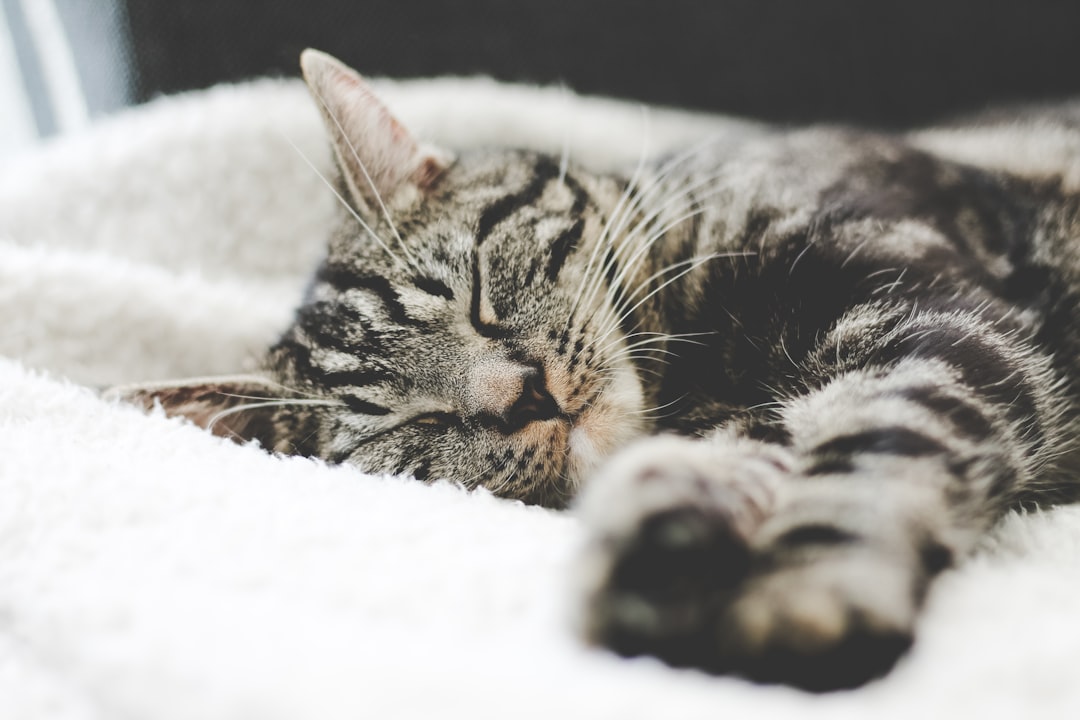
Frequently Asked Questions
What is a Torbie cat?
A Torbie cat is a unique feline that combines the features of two distinct patterns: the tabby and the tortoiseshell. While tabbies are known for their striped or spotted coat patterns, torties exhibit a rich mixture of orange and black colors. The combination of these traits results in a beautifully patterned cat, often showcasing an array of bold markings that can vary greatly from one Torbie to another. These cats can be both striking and visually appealing, embodying the best of both parent breeds.
What are the personality traits of a Torbie cat?
Typically, Torbie cats inherit diverse personality traits from both their tabby and tortoiseshell ancestry. They are often described as playful, affectionate, and intelligent. Many owners report that Torbies display a curious nature and enjoy engaging with their humans and exploring their environment. Additionally, these cats may exhibit a sassy and independent side, especially when it comes to claiming their territory or asserting their preferences, making them a lively companion in any household.
How do I care for a Torbie cat?
Caring for a Torbie cat requires the same dedication as caring for any feline. Regular veterinary check-ups are essential to ensure their health. A balanced diet, formulated for their age and lifestyle, is necessary for maintaining their overall well-being. Additionally, grooming is important; brushing their coat helps to reduce shedding and prevent matting, especially in long-haired varieties. Providing enrichment through toys, playtime, and interactive activities ensures that your Torbie remains mentally stimulated and physically active.
Are Torbie cats prone to any specific health issues?
In general, Torbie cats, like other domestic cats, can be predisposed to certain health conditions. They may inherit genetic traits that can lead to issues such as hip dysplasia, dental disease, and obesity. Regular veterinary visits are crucial for early detection and management of any potential problems. It’s also important for owners to monitor their cat’s weight and ensure a healthy diet and lifestyle, as obesity can lead to more serious health complications over time.
